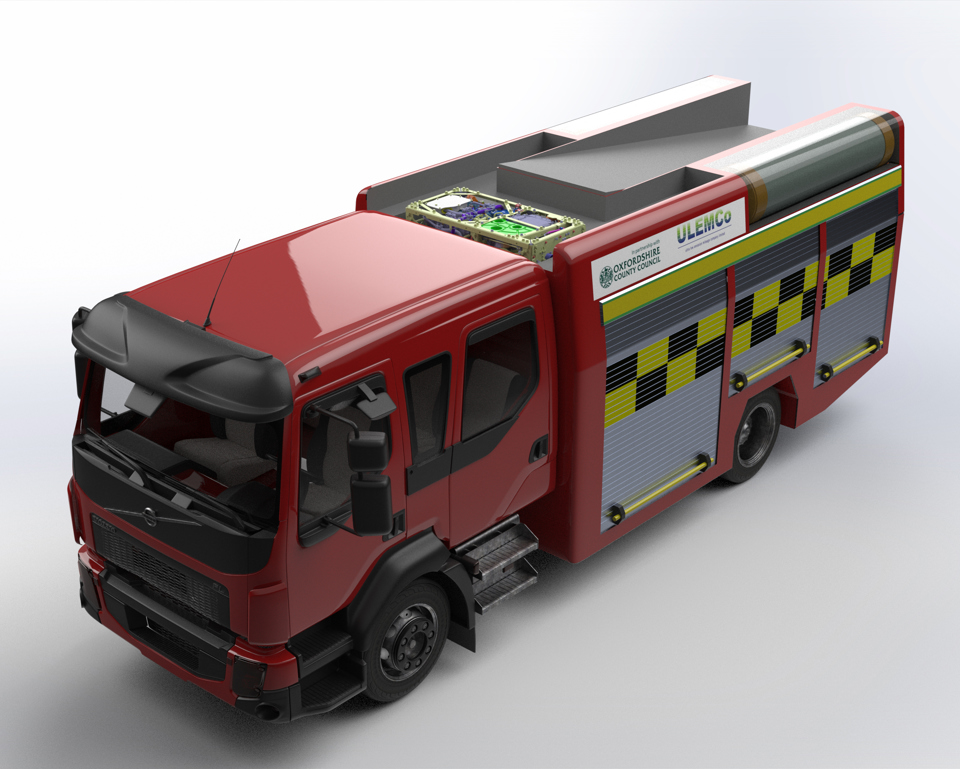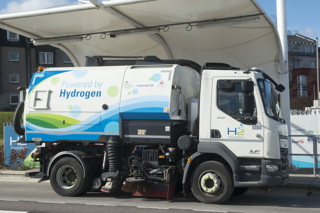Hydrogen fuel conversion specialist ULEMCo has completed a study to understand the viability of producing a zero-emission fire engine.
The company concluded that a hydrogen fuel cell, in conjunction with a battery, can meet the current needs of such a vehicle.
“The next steps with the project are to secure funding to build a prototype fire tender”, said Amanda Lyne, Managing Director of ULEMCo. “We shall demonstrate the flexibility and technical capability of the hydrogen fuel cell range extension approach.”
ULEMCo partnered with Oxfordshire County Council and the Oxfordshire Fire Service in the study. It concluded that zero emission battery electric fire tenders - in combination with hydrogen fuel cells and a minimum of 8Kg of onboard hydrogen fuel storage - will meet current requirements for flexibility, emergency response and the water pumping requirements.
Analysis of the real-world energy requirements of fire appliances, including the requirement in EN1486 for four hours water pumping energy, confirmed that 8gK of hydrogen with a Toyota Gen2 fuel cell range extender would be sufficient to provide range extension of a 220kW battery designed base vehicle. The combination of stored energy in the batteries and hydrogen fuel which can be refuelled rapidly, are needed to ensure the “always ready”, rapid response requirements of the operation.
A second conclusion from the work is that this onboard energy strategy incorporating hydrogen fuel could be met within the existing vehicle design, with no compromise to the equipment installation, and therefore would speed up the potential deployment of zero emission vehicles in these types of application.
Following the study, Oxfordshire Council is evaluating the logistics of establishing a hydrogen refuelling infrastructure with Oxfordshire Fire Service who manage a county wide service covering both the City and the wider urban, semi-urban and rural areas of Oxfordshire.























Login to comment
Comments
No comments have been made yet.